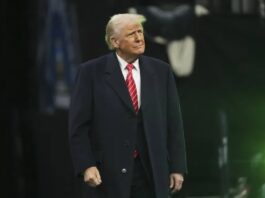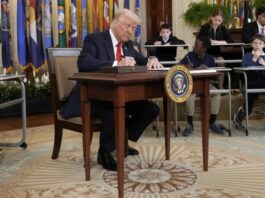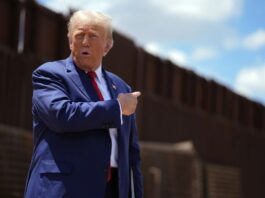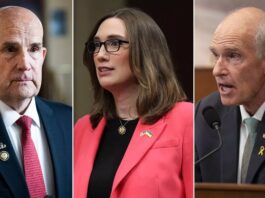President Donald Trump is set to address a joint session of Congress on Tuesday night. This will be his first major speech in front of both the House and Senate since beginning his second term in office. The event will be broadcast live on television, similar to the State of the Union address, but it is officially called a “joint address to Congress.”
The U.S. Constitution requires the president to update Congress on the state of the country and recommend policies. However, it does not specify when or how often this should happen. Over time, it became a tradition for presidents to deliver this speech in January or February. The speech reflects on the past year’s events and outlines the administration’s plans for the coming year.
Historically, this address was called “The President’s Annual Message to Congress.” In 1934, President Franklin D. Roosevelt started referring to it as the “Annual Message to Congress on the State of the Union.” This eventually evolved into what we now know as the State of the Union address.
The tradition of delivering a joint address to Congress at the beginning of a new president’s first term dates back to President Ronald Reagan in 1981. After being sworn in, Reagan gave a speech titled “Address Before a Joint Session of the Congress on the Program for Economic Recovery.” This speech set the stage for his economic policies.
Following Reagan’s example, Presidents George H.W. Bush and Bill Clinton also delivered similar first-year addresses in 1989 and 1993. Bush’s speech was called “Administration Goals,” and Clinton’s address had the same title. In 2001, President George W. Bush’s first major speech to Congress was referred to as his “Budget Message.”
According to the American Presidency Project at the University of California, Santa Barbara, these first-year speeches carry as much weight as the official State of the Union addresses that follow in later years. They allow newly elected presidents to share their administration’s priorities with Congress and the public.
Just like the State of the Union, the opposing political party also delivers a response after the president’s speech. This year, Democratic Senator Elissa Slotkin from Michigan will give the rebuttal, which will also be televised.
Overall, this address serves as a key moment for the president to outline his vision for the country and set the stage for future policies. It is a significant event in American politics that provides insight into the administration’s plans and priorities.













